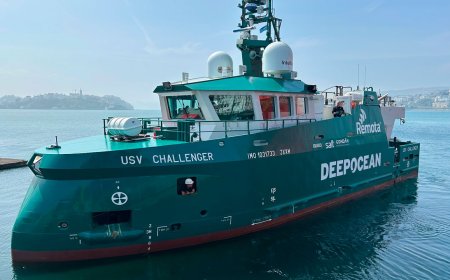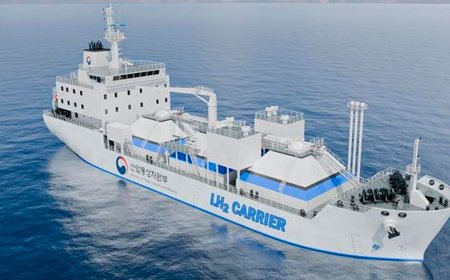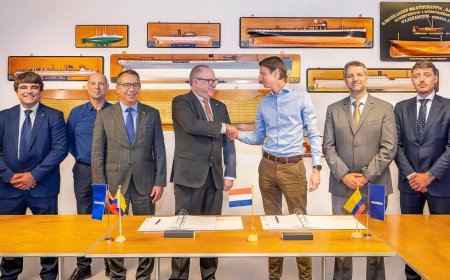Multiple Baltic ports’ projects selected for EU funding
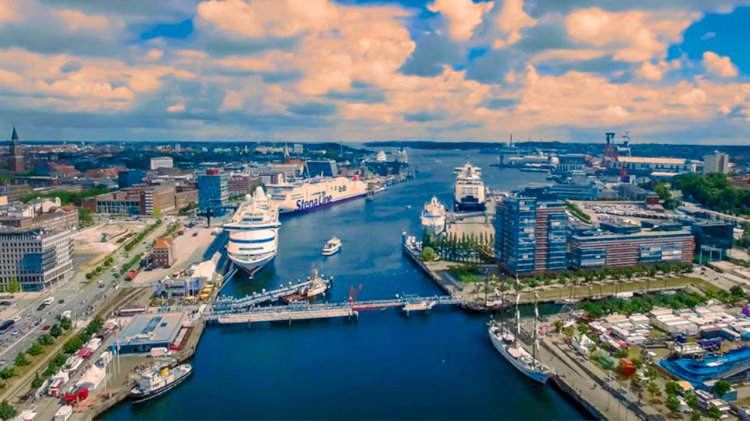
Over EUR 117 million has recently been allocated to 39 key transport projects by the EU, aimed at filling the gaps in missing connections across the continent while at the same time keeping a strong focus on sustainable transport modes. A number of projects submitted by the Members of the Baltic Ports Organization (BPO) were among the selected proposals.
The projects, supported through the Connecting Europe Facility (CEF), among other things, are dedicated to upgrading infrastructure within EU ports in order to foster multimodality and lower emissions of pollutants and greenhouse gases. BPO Member projects include initiatives by the Ports of Kiel, Tallinn, Rauma, Oulu, Ystad and Karlshamn. The BPO welcomes the fact, that a number of the selected ports are part of the comprehensive ports network. BPO’s Comprehensive Ports Working Group keeps a careful eye on the allocation of funds to smaller ports, which is key for their continuous development and competitiveness.
- Port of Kiel is upgrading to improve efficiency and move road freight to rail instead. The project will provide an environment-friendly power supply for ships, improve access to combined transport, and install a third rail track (recommended CEF funding: ca. EUR 1.6 million).
- Port of Tallinn plans to deepen Paldiski South Harbour to allow larger ships to enter the port. The project includes studies regarding the geology, environmental effects and the dredging. This will allow the harbour to be more efficient and better respond to transport demands (recommended CEF funding: ca. EUR 1.3 million).
- Port of Rauma’s MultiPort project will increase capacity and reduce congestion through a new cargo handling area. Along with a wider plan to expand and modernize the port, it will bring environmental benefits alongside regional development (recommended CEF funding: ca. EUR 2.4 million).
- Northern Gateway, a project by the Port of Oulu, aims to improve the multimodal infrastructure, building new railway facilities to accommodate and handle longer trains. This is expected to move a significant amount of freight from road to rail (recommended CEF funding: ca. EUR 2 million).
- This “YES” project (Ystad upgrading Efficiency and Safety) submitted by the ferry Port of Ystad will improve connections to Swinoujscie in Poland and the island of Bornholm. By doing so the port will be able to improve its efficiency and sustainability, while handling more traffic at the same time (recommended CEF funding: ca. EUR 1.2 million).
- A project by the Port of Karlshamn will allow it to prepare for the next generation of large Ro-Pax vessels, almost doubling its capacity and resulting in faster cargo flows. The initiative includes installation of onshore power supply facilities (recommended CEF funding: ca. EUR 3 million).
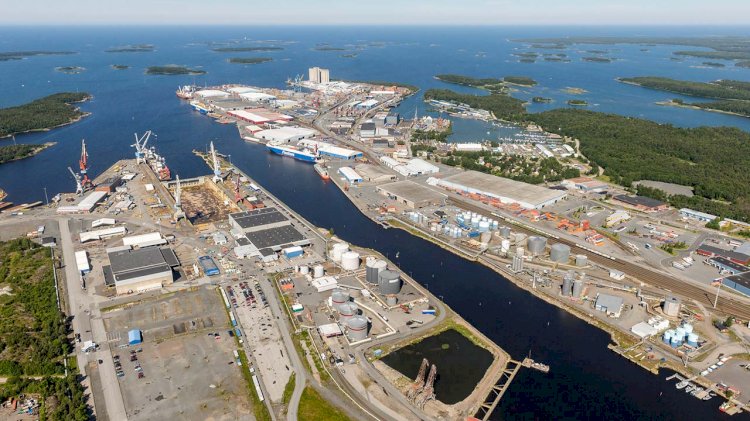
Violeta Bulc, EU Commissioner for Transport, offered the following comment:
"We are delivering on our commitments to make transport more sustainable, safer and smarter. Today's decision gives a further push to the transition to low-emission mobility across Europe – starting with our railways and our ports."
The projects were selected for funding via a call for proposals launched on 8 January in all EU Member States. The EU's financial contribution comes in the form of grants, with different co-financing rates depending on the project type. Under the CEF programme, €23.2 billion is available for grants from the EU's 2014-2020 budget to co-fund TEN-T projects in the EU Member States. Since 2014, the first CEF programming year, six waves of calls for project proposals have been launched (every year since 2014).
